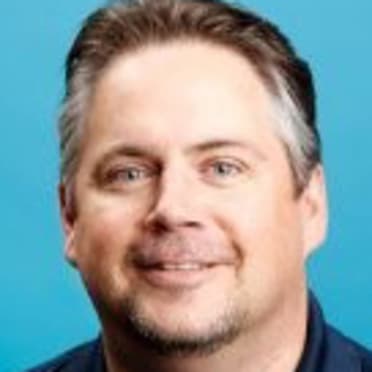These are the best gloves in the NL West
Even though the award is called the Gold Glove, glove work itself is only a fraction of what makes a player elite on defense. The ability to get glove on ball depends greatly on anticipation and speed -- the elements of range, essentially.
Metrics have emerged to better measure range and overall defensive ability, but the specific “glove tool” remains something that’s still very much evaluated by the eyes of scouts, managers and coaches.
The obvious necessary skills are sure, quick hands. High-quality infielders and outfielders also will stand out through body control, alignment, aggressiveness and a quick first step. Exceptional catchers will have smooth glove motions that help “framing” a pitch to get more called strikes, plus quick reactions and exemplary fundamentals that put them in better position to block balls in the dirt.
In the National League West notebook this week, we called on the division’s beat writers to determine the player on each team who possesses the top glove tool:
D-backs: Nick Ahmed
There’s a reason his nickname is “Slick Nick.” Nick Ahmed makes the routine plays look easy, and he makes the hard ones look routine.
“Nick’s value to our team and pitching staff is huge,” D-backs pitcher Robbie Ray said. “Just knowing you have the most sure-handed guy in the league out there at shortstop giving everything he has on every play -- and more times than not making the play look routine -- is the best feeling as a pitcher.”
Ahmed ranked third among Major League shortstops last year with 17 defensive runs saved, according to FanGraphs, and he captured his second straight NL Gold Glove Award. -- Steve Gilbert
Dodgers: Cody Bellinger
With apologies to newcomer Mookie Betts and his four consecutive American League Gold Gloves, give the narrow edge in best-glove tool on the Dodgers to Cody Bellinger because of his proven versatility. Bellinger has only the one NL Gold Glove he won last season as an outfielder, but he can just as easily look like a Gold Glover at first base. On the other hand, Betts probably could move into the infield, as well, if needed. He played second base in the Minor Leagues and made 14 starts at the position as a rookie in 2014. Betts has shown with his professional bowling ability that he can do just about anything he really wants to do. -- Ken Gurnick
Giants: Buster Posey
The Giants have Gold Glove infielders in Brandon Crawford, Evan Longoria and Yolmer Sánchez, but catcher Buster Posey has been a key anchor behind the plate for over a decade. According to the SABR defensive index, which accounts for about 25 percent of Gold Glove voting, Posey also finished last season as the Giants' best defender, with 7.3 runs saved. Posey, who won an NL Gold Glove Award in 2016, regularly draws rave reviews for his work with the Giants' pitching staff and is one of 17 catchers in Major League history to have caught at least three no-hitters. -- Maria Guardado
Padres: Austin Hedges
Catcher Austin Hedges’ offensive struggles have been well documented, but his prowess behind the dish still makes him immensely valuable. In no uncertain terms, he is one of the best defensive players at any position. Hedges gets high marks for his blocking, his game-calling and his throwing arm. But his best attribute is his ability to frame pitches. He turns would-be balls into strikes better than anyone in baseball. Hedges ranked first in framing runs last year, according to Statcast. His 21 defensive runs saved ranked seventh among all players in the Majors, per FanGraphs, despite the fact he played far fewer innings than any of the top six. -- AJ Cassavell
Rockies: Nolan Arenado
Tried to be fair and look at all the options, but it's difficult to see anything beyond the bling of third baseman Nolan Arenado's seven NL Gold Glove Awards. Arenado would put his fielding -- and don't forget his throwing -- up against anyone else in the sport. It's almost as if his position isn't big enough for him. Arenado is one of few third basemen who handles the left side of the infield during shifts, and that's because he has the range to play both positions at the same time. --Thomas Harding

